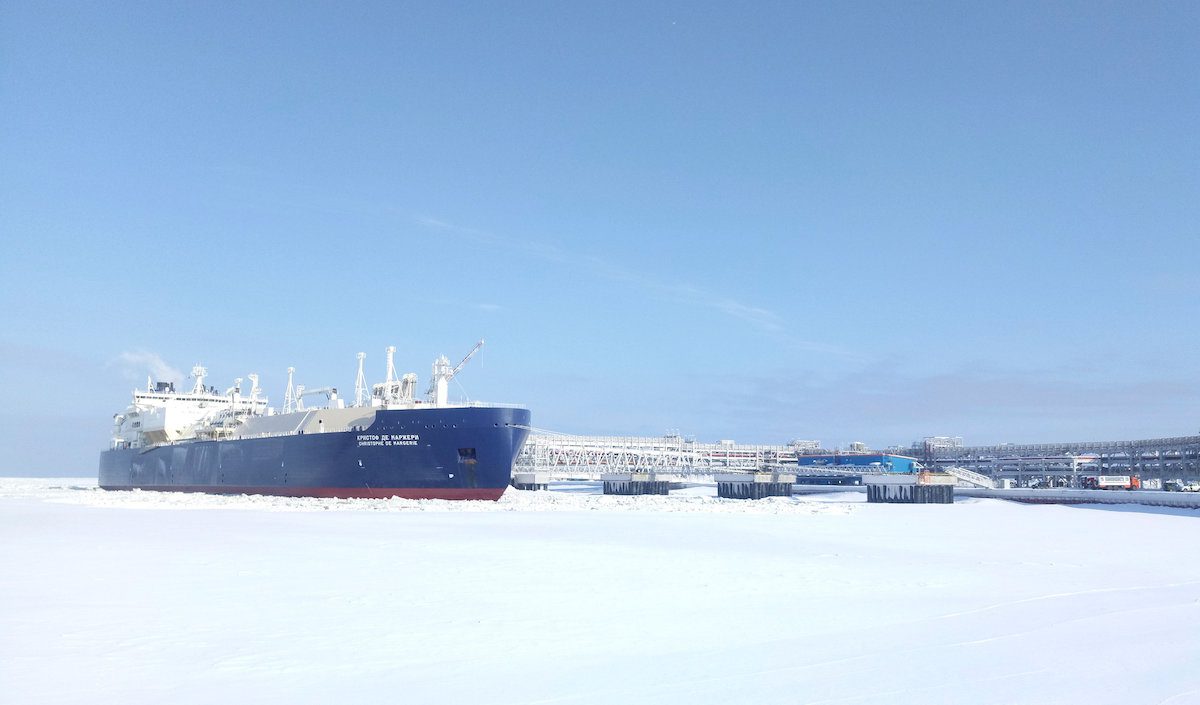By Mike Wackett (The Loadstar) –
After recording gains across the board last week, the container spot market indices are back to flashing red for the main east-west tradelanes.
It is confirmation that ocean carrier 1 November FAK (freight all kinds) GRIs (general rate increases), from Asia to Europe in particular, have run out of steam and only achieved a small percentage of the ask.
And this also explains why carriers have been obliged to make a final re-set attempt to push up spot rates on the route before the year closes by rolling out fresh, but identical, GRIs for 1 December.
Drewry’s WCI Asia-North Europe component slipped 4% this week, for an average of $1,227 per 40ft, and is 43% lower than the same week of last year.
Earlier in the week, the Ningbo Containerized Freight Index (NCFI) commentary flagged up the declining trend, reporting prices to North Europe and the Mediterranean had “fallen sharply after being briefly pushed up”.
Moreover, The Loadstar’s regular shipper contacts reported that Asia-North Europe carriers were back to discounting directly, after a period when pricing had been largely driven by NVOCC co-loaders.
One UK-based shipper told The Loadstar a top-three carrier had extended his heavily discounted rates from Dalian to Felixstowe through to a latest departure date of 4 January, with no December GRI.
And Singapore-based AGX told The Loadstar that getting the 1 December GRIs to stick was, in its opinion, “doubtful”.
In fact, the collaboration platform for forwarders and importers said the first annual carrier rate offers were in the region of $1,050 to $1,300 per 40ft, which “bodes badly for the new rate levels to be achieved”, said AGX.
Asia-Mediterranean spot rates have also been under pressure of late, and the WCI edged down another 1% this week, to $1,449 per 40ft, which is 57% lower than a year ago.
In response, MSC has announced new FAK rates to west Mediterranean ports, effective 1 December, of $2,000 per 40ft.
Meanwhile, on the transpacific, Xeneta’s XSI Asia to US west coast spot rate fell by 8%, for an average of $1,906 per 40ft, after achieving consecutive weeks of gains. AGX reported that “Maersk was discounting heavily” on the tradelane via its online Maersk Spot platform.
Nevertheless, rates on the tradelane have proved more resilient than for Europe, evidenced by the fact that, unlike North Europe and the Mediterranean, rates remain higher than 12 months ago.
In contrast, spot rates from Asia to the US east coast are on a downward spiral, with the WCI shedding another 2% this week, to $2,621 per 40ft, which is 48% down on the reading for the same week of last year.
Israeli carrier Zim, which this week posted a shocking Q3 $2.1bn net loss (mostly attributed to an impairment write-down), is reinstalling a China-US west coast loop it suspended in March, thus taking advantage of the stronger rates to the US west coast as the coastal shift of cargo reverses.
However, the introduction of the extra capacity for the US west coast is likely to exert downward pressure on pricing on the route.
On the transatlantic, spot rates were flat this week, with the XSI average at $1,293 per 40ft – although these rates are some 80% lower than a year ago and remain well below carrier costs.
The Loadstar is known at the highest levels of logistics and supply chain management as one of the best sources of influential analysis and commentary.

 Join The Club
Join The Club











